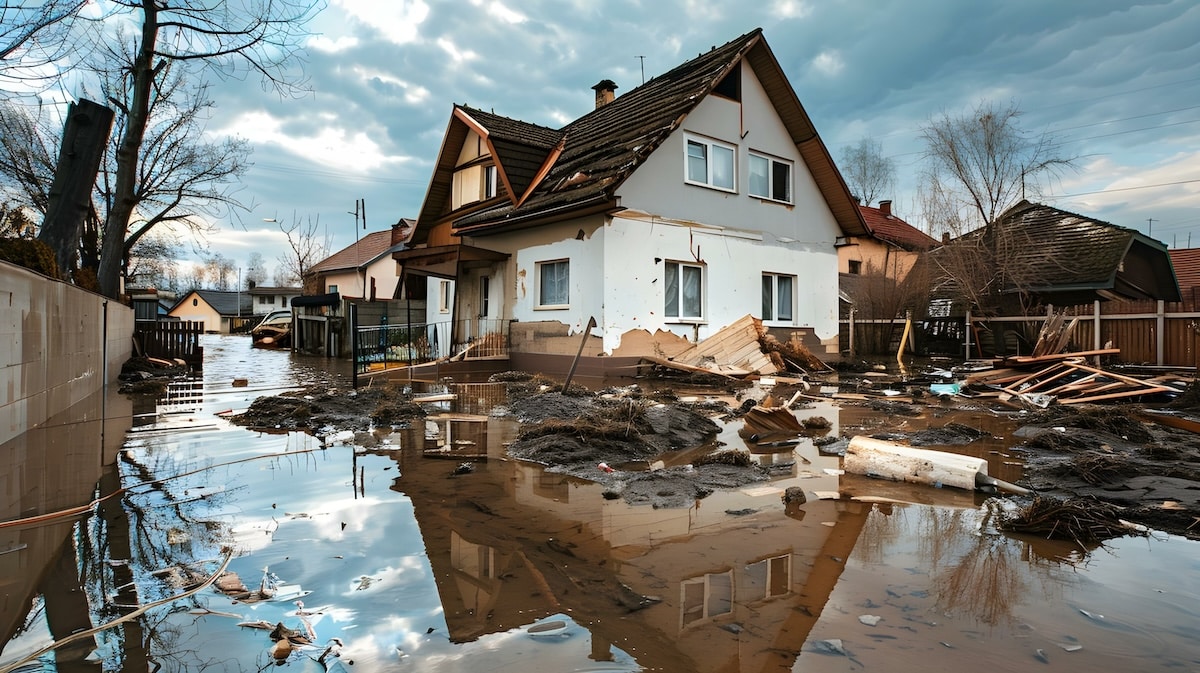Opposing beliefs about the 2nd Amendment are both of those extensively misconstrued (S. Cornell, “A Properly-Controlled Militia: The Founding Fathers and the Origins of Gun Regulate in America,” p2 extra citations under).* Initially, neither individual defense nor states-legal rights have been intended: only defending against invaders. In founders’ minds was the minutemen militia. Even so, “the minuteman suitable was much a lot less individualistic than most gun legal rights people today presume, and significantly a lot more martial in spirit than most gun manage advocates realize” (2). Constitutional originalism would have to have all citizens to possess today’s assault weapons!
Currently, “regulation” is mistaken as negating “rights.” The colonists, as an alternative, thought that “liberty without having regulation was anarchy” (3), and that unregulated armed teams have been not a militia but a “rabble” (19). Militias existed for concern of a (national) “standing army” (19) that could about-operate states legal rights. Second Modification anxiety of disarmament reacted to pre-Revolution British attempts, not a issue of guarding the suitable of own self-protection.
When the originalist common militia was changed by the National Guard and police, citizens no extended required arms for the militia. And no early point out structure protected possession for private protection, or for “well-controlled society” (33). (Looking was a correct by “common law” inherited from the British). “A solitary constitutional principle emerged, linking the suitable to retain arms with the obligation to bear them for common defense” (24) i.e., “the suitable of properly-regulated liberty” (27).
Later on, the equilibrium of power between states and countrywide authorities designed tensions. “Federalists” like Washington and Hamilton favored sturdy national govt Jefferson and S. Adams (later on named “Democrat-Republicans”) favored a loose confederation of states with the militia as an option to a Countrywide army.
The Federalist Papers (Hamilton, Madison, Jay) argued that “the effectiveness of the militia in the Revolution. . . that just about ‘lost us our independence’. . . shown that ‘the terrific physique of yeomanry [civilians]’ were unwilling to post to the level of regulation important ‘to receive the degree of perfection which would intitle [sic] them to the character of a perfectly regulated [sic] militia” (48). In particular feared, “the futile endeavours of folks and localities that could ‘rush tumultuously to arms, with no concert, without technique, with out resources’. A effectively-regulated militia . . . was not an armed mob” (49).
The record of “mobs” calling themselves “militias” made into “popular radicalism” (76f): (e.g., Shays, Whiskey, Fries’s Rebellions) to “mobs and murder testing the boundaries of the proper to bear arms” (110-30 e.g., Fort Rittenhouse siege, 117) and to disputes about 1812 War militias (130-35). All reveal dangers of unregulated militias, specially modern day “militia movements” (Wikipedia, Reserve components of the US Armed Forces).
Write-up-Civil War observers famous a new spirit of US individualism (138f), and it involved guns. They were being carried to protect against freed slaves and for private quarrels (139). Concealed weapons (dirks, bowie knives, pistols, cane swords) turned prevalent, particularly in the south and (new) west. Therefore arose an “aggressive theory of self-defense” that turned ” ‘every person into an avenger, not only of wrongs truly committed . . . but rends him swift to drop blood in the really apprehension of an insult’ “ (140). Proliferating weapons intensified collective violence. “The main targets of this violence, African-People, abolitionists, Mormons, and Catholics, have been thought of outsiders in American society” (140).
Condition regulations, generally about concealed weapons (141f), resulted. A person court docket situation led to the “orthodox lawful view” that weapons without having use in navy preparedness were not constitutionally protected and, consequently, states could control pistols or other weapons in a properly-controlled militia (146). Community outrage in Kentucky about an additional courtroom conclusion (since negated) usefully reminded that the first freedom to bear arms was to avert governing administration from disarming nearby militias (144f) and in Massachusetts, that “the people’s correct to be free from the risk of violence took priority about the individual’s right to arm himself” (149) the correct to be free of charge from armed aggression.
Conflicting interpretations of the 2nd Amendment about background display conclusively that own understandings (theories) of the proper to bear arms are not confirmed outside of evolving authorized theory and as a result courts. Some theories hold to an 18th century anxiety of standing armies and National federal government. For many others, militias have presented way to police and Countrywide Guards. Even so, in authorized heritage the suitable to bear arms has often involved regulation!
With the U.S. overflowing with guns, protecting properly-regulated liberty and the proper to be totally free from gun violence justifies significantly extra thing to consider in civic debates. “Gun rights ideology has fostered an anticivic [sic] vision, not a vision of civic mindedness. In this ideology guns are primarily viewed as a suggests for repulsing authorities or many others citizens, not a suggests for generating a typical civic culture” (214).
*See, also, H Richard Uviller, The Militia and the Ideal to Arms, or How the 2nd Amendment Fell Silent. Detractors should really first seek the advice of these legal histories.
Thomas A. Regelski is an emeritus distinguished professor at the Point out College of New York at Fredonia.
















